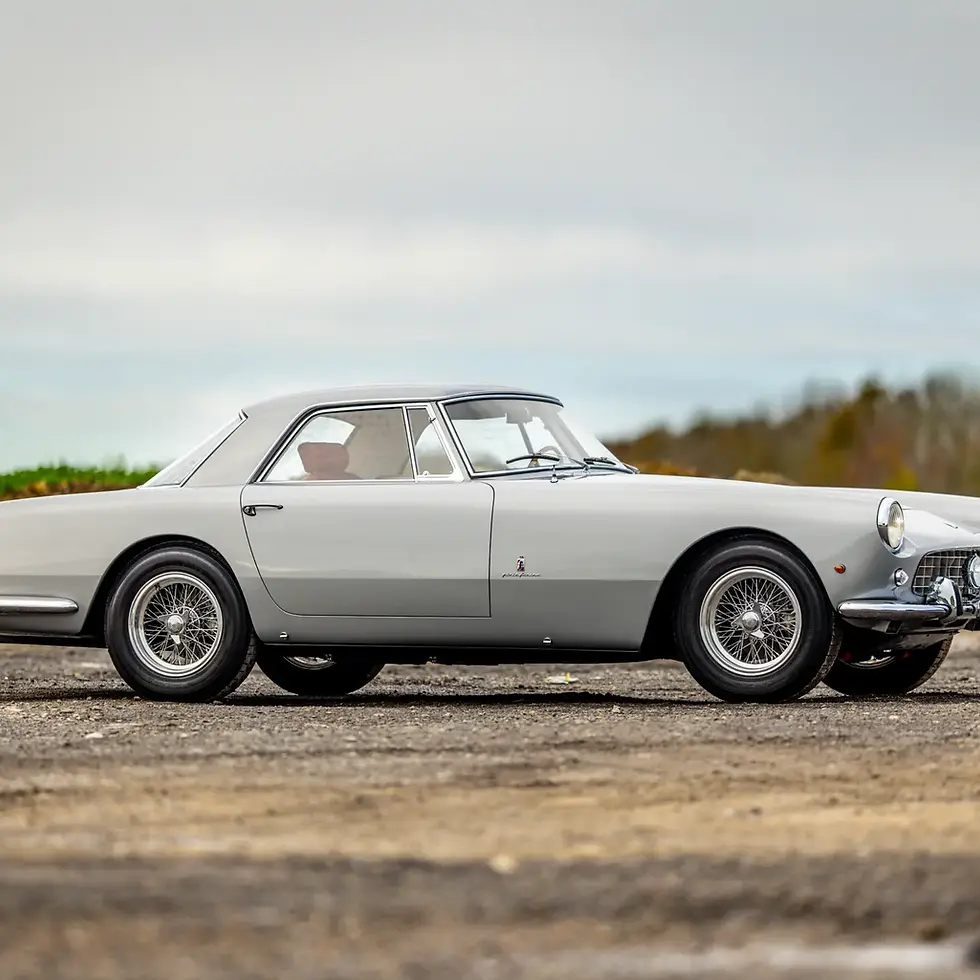To bring a long-dormant automotive brand back to life is no mean feat; the stakes are even higher when the marque in question is one as hallowed as Bugatti. In the late 1980s, however, Italian entrepreneur Romano Artioli rose to the challenge, and while his dream was relatively short-lived, the vehicles he did bring to fruition can truly be said to have done justice to the legendary nameplate.
The first of a planned range of offerings was the EB110, so named in honor of Ettore Bugatti’s 110th birthday. It would be built on a carbon-fiber chassis manufactured by French aerospace concern Aérospatiale. For power, the EB110 GT received a distinctive 3.5-liter quad-turbocharged V-12 paired with a six-speed manual transmission.
Looking to further increase performance, Bugatti announced the EB110 Super Sport at the Geneva Salon in 1992, six months after the launch of the EB110 GT. Through a series of weight-saving and performance enhancements, Bugatti was able to reduce weight by more than 330 pounds while bumping output to a reported 603 horsepower. Its 0–60 sprint is said to have taken just 3.2 seconds, and its stated top speed was 221 mph. Even today, these are jaw-dropping figures.
As with any modern supercar, the EB110, and particularly the Super Sport variant, evolved through a careful series of prototypes, including the important example offered for sale here. Whereas the first EB110 SS prototype presented at the 1992 Geneva Salon was an extensively modified GT model, chassis 39004, but perhaps best known as S4, was the first EB110 specifically built as a Super Sport. Following completion, S4 was quickly pressed into service both as a brand promotional tool, and for perfecting the EB110 design. On 3 April 1993, Bugatti displayed S4, along with three EB110 GTs and the EB112 concept, at its official brand presentation at the Ark Hills Complex in Tokyo. The resulting intense media coverage made the presentation a smash success and helped cement the brand’s presence in the country. S4 specifically caused a media sensation and was subsequently featured in the Summer 1993 edition of Super CG magazine.
Following its Japanese tour, Bugatti sent S4 to Italy’s famed Nardo Ring, where the firm was working to confirm the EB110’s place as the world’s fastest production car. As documented in an accompanying report by B Engineering’s Federico Trombi, Bugatti’s Chief of Homologation in period, and Gianni Sighinolfi, a fellow period Bugatti employee, S4 was present 29 May 1993 when an EB110 achieved 351 km/h and asserted itself as the fastest car on the planet. Upon completion of their speed testing and recognizing the potential for continued brand expansion in Japan, Bugatti arranged for S4’s sale to legendary Japanese racing driver Sokichi Shikiba. Winner of the 1964 Japanese Grand Prix, by the 1990s Shikiba had become a racing accessories magnate who held a revered status in the Japanese supercar community, thus making him an ideal ambassador for Bugatti within the island nation.
Shikiba retained S4 for the remainder of his life, routinely appearing with it at Japan Bugatti Club gatherings in Tokyo, and fastidiously maintaining the car until his death in 2016. Following its sale, S4 moved to Australia where an extensive detailing, including removal and cleaning of all body panels, was carried out in 2019 by City Auto Group of Geelong, Victoria. The consignor has continued S4’s life of meticulous care with accompanying invoices documenting a clutch and brake service in 2022 and the installation of new fuel tanks in February 2024 at a cost of over $20,000.
Representing a fascinating period of Bugatti history, this EB110 Super Sport Prototype, displaying just 12,557 kilometers (~7,803 miles) at cataloguing and featuring legendary provenance, is presented in its most pure, powerful, and collectable form. It would make a fine addition to any collection of serious supercars.


































































